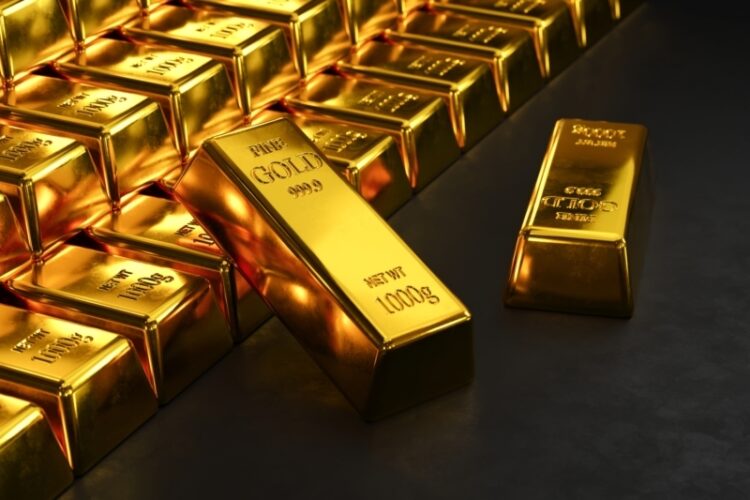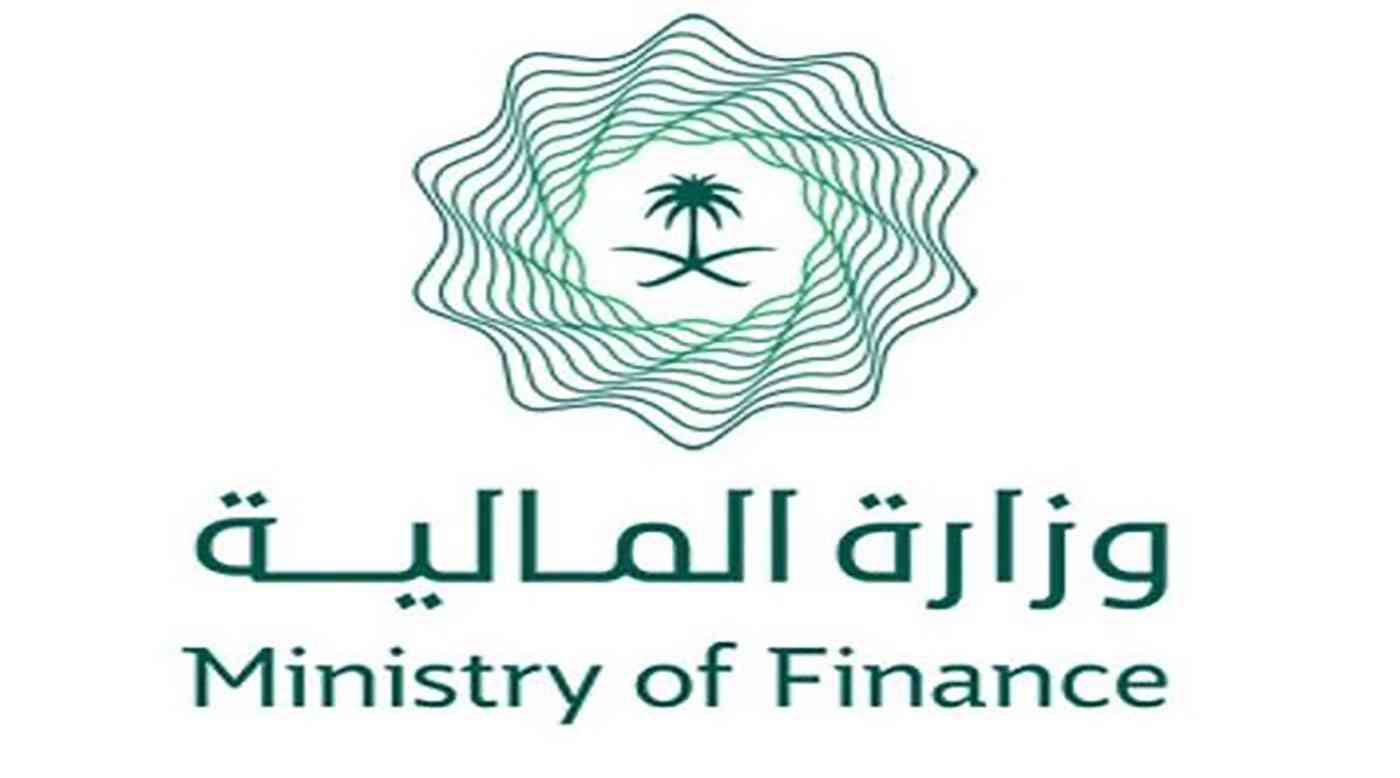Publisher: Maaal International Media Company
License: 465734
WSJ expects gold prices to rise again in 2025
اقرأ المزيد
The American newspaper, The Wall Street Journal, revealed that it expects gold prices to witness a new rise during the coming year, and that the yellow metal was among the most prominent investments in performance during the current year, as it concludes an exceptional year that is the best for it since 2010, and one of its largest annual gains ever.
The newspaper stated in its report that gold prices rose by 27% during the current year, reaching $2617.20 per ounce, and with this performance, the precious metal outperformed the gains achieved by the American Standard & Poor’s 500 index, which amounted to 25%, and approached the increase recorded by the Nasdaq Composite index for heavy technology, which reached 31%.
Gold futures also achieved a record level before the last US presidential election, but have since declined, as investors who were nervous about the election outcome moved money from safe havens and back to riskier assets.
Analysts at US banks JP Morgan, Goldman Sachs, and Citigroup expect the target price of gold to reach $3,000 per ounce, based on several factors, most notably the potential decline in interest rates, which reduces the opportunity cost of owning gold. Although the scope of interest rate cuts by the US Federal Reserve is still unclear, investors are anticipating further cuts over the next year.
Geopolitical uncertainty is one of the main factors behind the rise in gold prices, as investors, whether individuals or institutions, turn to the precious metal in times of escalating conflicts.
Next year is expected to witness increasing challenges, including wars in the Middle East and Ukraine, in addition to pledges by US President-elect Donald Trump to escalate trade disputes with China and other countries. The risk of inflation returning is also looming, which boosts demand for gold.
In China, investors are increasingly enthusiastic about buying gold, especially in light of Trump’s threats to impose tariffs on its exports to the United States. Central banks are buying gold among the reasons for its high prices, as a poll conducted this year among central bank governors showed that 29% of them intend to increase their gold reserves in the next 12 months, according to the World Gold Council, the highest rate since 2018.
Demand for gold is increasing from central banks around the world, especially in countries whose relations with the West have become tense, with China, in particular, a strong source of demand, with its official reserves of the yellow metal more than tripling since 2008, according to Goldman Sachs.
Western sanctions on Russia after it began its military operation in Ukraine in 2022 have also prompted some central banks to move away from dollar-based assets.
Gold rallies tend to be long-term during periods of momentum, as gold futures prices have risen by at least 20% over the past 5-6 years, then rose again the following year, and in those five years, the average increase was more than 15%, according to Citi analysts.
While weak industrial demand and slowing economic activity do not really affect demand for gold in the way they do for other precious metals with industrial uses, such as silver and platinum.








